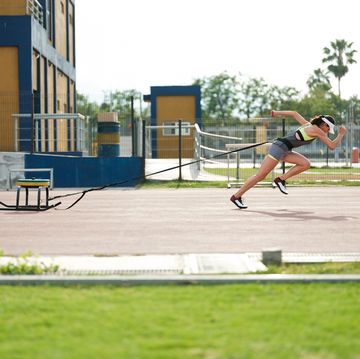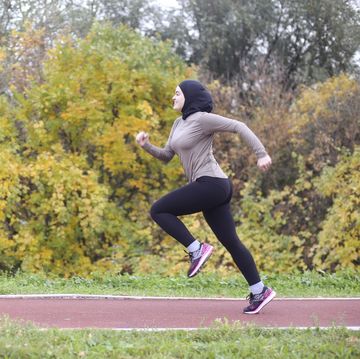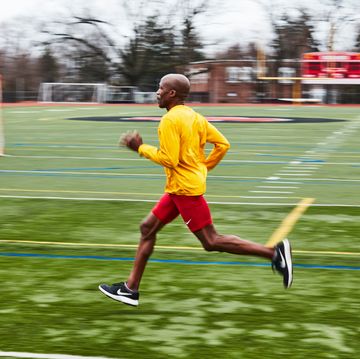Start Hard, Finish Easy
New research suggests you may enjoy runs more if you get the tough parts out of the way early.
Progression runs that end fast. Races where you cross the line with a kick. Long miles that toughen as they pile on. Many running experiences involve easing in—and finishing hard.
But a new study in the Journal of Sport & Exercise Psychology supports flipping that format. Participants who ramped down as a workout progressed instead of building up rated the experience more pleasant, says study author Panteleimon Ekkekakis, Ph.D., of Iowa State University. Those good vibes probably increase the odds they’ll exercise again, he says.
Still, many runners enjoy difficult efforts, but even they can benefit from an occasional easy-finish run. Here’s how to put ramping down into practice.

Cindy is a freelance health and fitness writer, author, and podcaster who’s contributed regularly to Runner’s World since 2013. She’s the coauthor of both Breakthrough Women’s Running: Dream Big and Train Smart and Rebound: Train Your Mind to Bounce Back Stronger from Sports Injuries, a book about the psychology of sports injury from Bloomsbury Sport. Cindy specializes in covering injury prevention and recovery, everyday athletes accomplishing extraordinary things, and the active community in her beloved Chicago, where winter forges deep bonds between those brave enough to train through it.
Watch Next


Best Workouts to Set Race Day Goals

Best Half Marathon Workouts

Track Running Beginner’s Guide

5 Different Workouts to Help You Boost Speed












